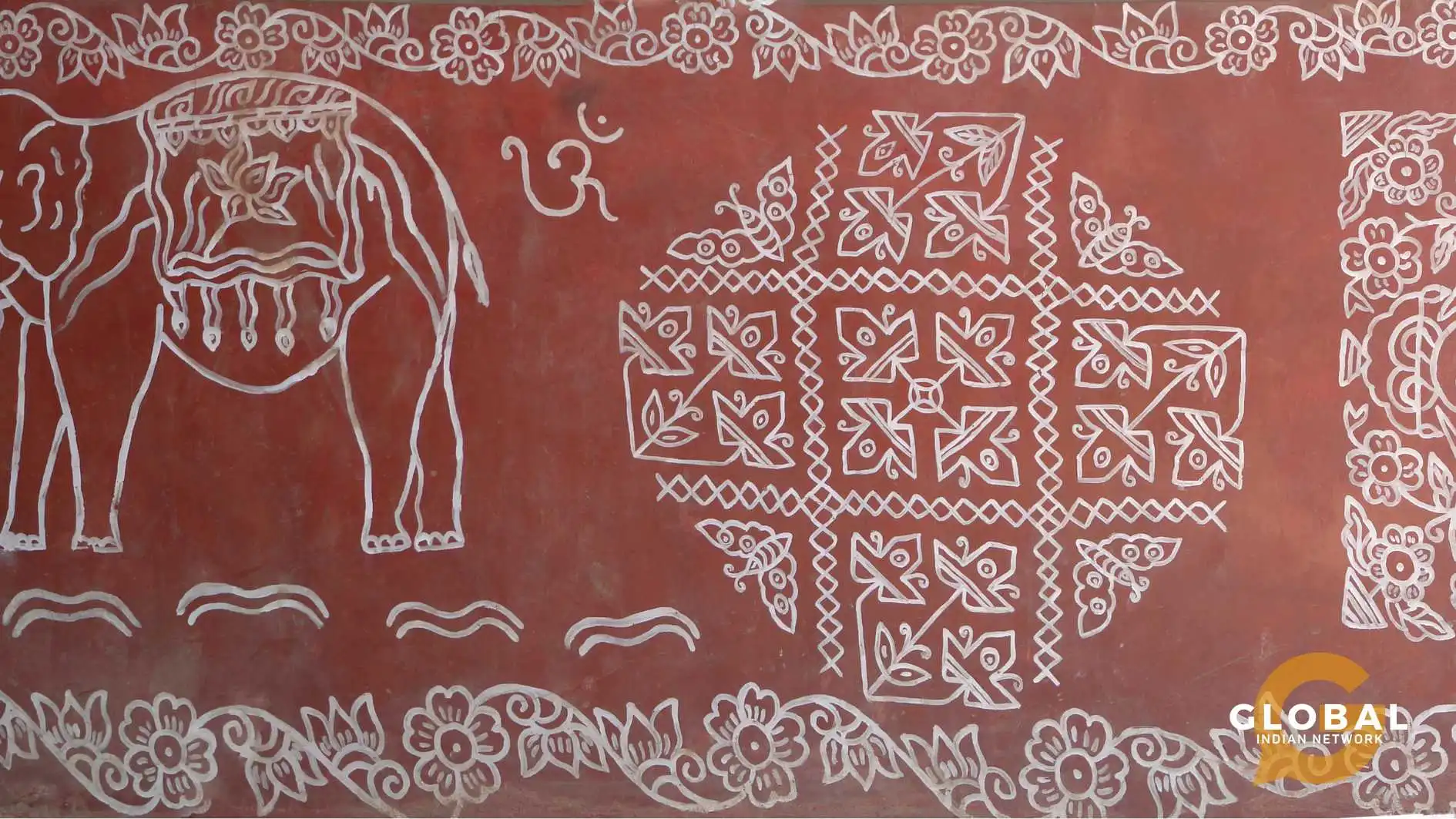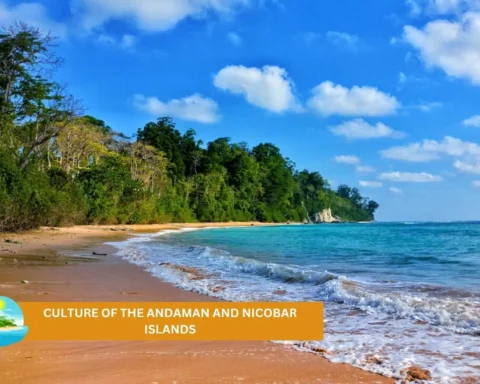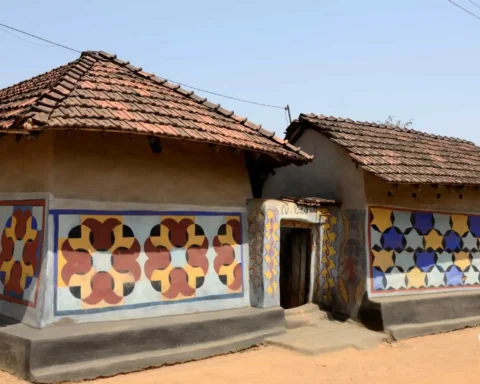Tribes are unique cultural ecosystems that have developed their traditions and heritage in a big way. Looking at the characteristics of tribal society makes it clear how these communities preserve their identity despite modernization pressures. Their strong social bonds, harmonious relationship with nature, and resilience in protecting cultural values are just a few attributes that make them special. This blog discusses the various characteristics of tribal society and how these communities sustain their culture in the modern world.
Table of Contents
Key Characteristics of Tribal Society
Geographical Isolation and Definite Topography
Tribal communities are primarily found in geographically isolated areas: forests, hills, and plateaus. A large majority of the tribal population is found in isolated parts of Madhya Pradesh, Arunachal Pradesh, and Andhra Pradesh. This isolation helps tribes maintain their independent traditions and lifestyles with an intimate relationship with natural environments. This type of environment ensures ecological balance because the activities of the tribes are always in tune with nature and, therefore, sustainable.
Social Organization and Sense of Unity
The social organization of tribal societies is marked by a strong sense of unity, often cemented by ties of kinship and shared cultural norms. This is further expressed in their cooperative decision-making processes and collective approach toward life. A sense of identity within a tribe is often bound by shared traditions, rituals, and a common language that strengthens their cultural homogeneity. This proximity begets a life of homogeneity, where all take part in and enjoy the group’s collective welfare, and a strong sense of unity is of invariable necessity for tribal communities.
Cultural Identity and Endogamous Practices
Tribes are very conservative about their culture, customs, religious belief systems, and practices. Prominent among them is tribal endogamy or marriages within the tribe for the continuity of their culture. Endogamous practices ensure the transmission of traditions such as ancestor worship and oral tradition in pristine condition through the generations. In many tribal cultures, ties of blood are given extreme importance. Marriage among tribals is considered quite sacred, and divorce is prohibited. Rituals and ceremonies become a depository of traditional knowledge and their spiritual relationship with nature. This makes cultural identity a strong characteristic of tribal society.
Common Residence and Economic Life
One of the features common to tribal life is common residence in a village or settlement, which creates a closely-knit community. Their economic life generally consists of hunting and gathering, subsistence farming, and small-scale handicrafts. These tribes depict their deep knowledge of the physical environment and its resources. Such dependence on forest-based livelihoods ensures their survival while putting into practice the sustainable use of natural resources. Many tribes still find their livelihood in the form of occupations such as food gatherers, hunters and fishermen.
Egalitarian Principles and Distinct Political Organization
Tribal societies are usually based on egalitarian principles, where resources and responsibilities are shared equitably. This equality finds expression in their political organization, which is collective in decision-making and wise in the ways of the elders. It is usually the skill and mental power of the elderly upon whom the tribe depends. These systems show a remarkable ability to keep order and unity when at peace or in times of contingencies. This framework ensures that tribal governance remains community-centric and inclusive.

Challenges, Adaptation, and Survival in the Contemporary World
Intruding Modern Influences
Modern world influences are perhaps one of the strongest opponents of the characteristics of tribal society. The increase in interaction between tribal communities and the contemporary world presents serious challenges. Many tribes face pressure to integrate into mainstream society; this always results in the loss of cultural values and traditional knowledge of the tribes. Thus, there is a risk that their distinct identity will no longer exist and be replaced by a parasitic way of living that is dependent on external support systems.
Economic and Health Challenges
Despite the rich characteristics of tribal society, these communities are usually at the tail end of economic development and healthcare due to a lack of access to basic resources such as education and healthcare. The shift from traditional subsistence practices to more industrialized modes of livelihood has only exacerbated these problems. Such issues can be successfully addressed through programs that promote forest-based livelihoods, healthcare initiatives, and education systems that respect and incorporate tribal traditions.
Advocacy and Preservation Efforts
Government policies and advocacy efforts are important in the protection of the rights of tribal communities. Initiatives such as the recognition of tribal claims over land, promotion of national representation, and preservation of regional languages are crucial in the empowerment of these groups. Efforts to document and celebrate their cultural expression through art, music, and festivals help to bridge the divide between tribal and urban communities, at the same time showcasing the richness of their heritage.
Sustaining Tribal Heritage in the Face of Change
The traditional knowledge of tribal people for the environment, medicine, and agriculture is of great value. This recognition and integration into broader conservation practices could help save not only these communities but also the planet. Their role as guardians of biodiversity needs to be recognized and supported.
From complex rites to colourful festivals, the cultural practices of tribal societies reveal their vision of the world. These celebrations allow tribes to connect with the modern world while preserving their unique traditions. Promoting these practices through tourism, expositions, and education may lead to a greater appreciation of their contribution.
Integration must be balanced with preservation to ensure the very survival of tribal societies. We owe it to ourselves and future generations to create space for tribes to interact with modern influence in a manner that does not lead to loss of identity and to preserve their sense of unity and cultural traditions. Programs that provide sustainable economic development and modern convenience while respecting tribal autonomy will lead toward harmonious coexistence.
RELATED ARTICLES:
- Tribal Movements in India: A Historical Overview of Resistance and Reform
- Is Government Enough? The Crucial Role Of NGOs In Tribal Development
- Lost in the Mainstream: What are the Problems Faced by Tribals in India?
- 10 Must-Try Indian Tribal Foods You’ve Never Heard Of (But Will Love!)
Conclusion
In conclusion, the characteristics of tribal society include living in deep association with nature, pursuing unity, and upholding the obligation of preserving culture. As these communities continue to face threats due to modernization, there becomes all the more need to protect their contributions toward society, encourage development, and celebrate their heritage. In that way, tribal societies get to practice kinship ties, traditional knowledge, and the uniqueness of identity, hence avail valuable lessons regarding resilience, sustainability, and human diversity.

FAQs
What is the Largest Tribe in India?
The Bhil tribe is considered the largest tribe in India. They commonly reside in parts of Madhya Pradesh, Chhatisgarh, Maharashtra and even Tripura.
What are the Main Characteristics of Tribal Society?
Key characteristics of tribal society include small, close-knit communities with strong kinship ties, a simple social structure, and a subsistence economy based on hunting, gathering, farming, or herding. They value collective decision-making, oral traditions, and a deep connection to nature and ancestral practices.









